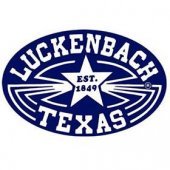Minneapolis is Burning
Featured Replies
- Prev
- 82
- 83
- 84
- 85
- 86
- 87
- 88
- 89
- 90
- 91
- 92
- Next
-
- Prev
- 82
- 83
- 84
- 85
- 86
- 87
- 88
- 89
- 90
- 91
- 92
- Next
-
https://www.surlyhorns.com/board/topic/14955-minneapolis-is-burning/
Followers
